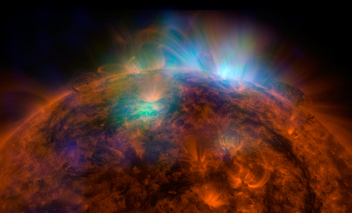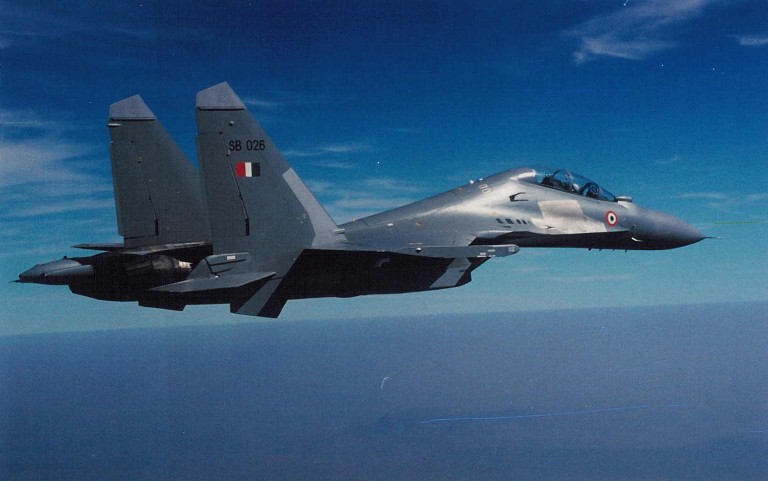
A file photo.
MIAMI (AFP): A pair of solar eruptions over the weekend have unleashed a severe geomagnetic storm that could disrupt power and communications on Earth, US officials said Tuesday.
The storm ranks as a G4 on the National Oceanic and Atmospheric Administration (NOAA) scale of one to five, with five being the worst.
"Today we are experiencing a severe geomagnetic storm," said Thomas Berger, director of the Space Weather Prediction Center.
Residents of Alaska, Minnesota, Wisconsin, Washington, North and South Dakota have already reported seeing the Northern Lights, and Europe is expected to be able to witness aurora from the storm by nightfall, officials said.
The geomagnetic storm resulted from two significant eruptions of the Sun's corona that early on Sunday, March 15.
"These two eruptions combined into one eruption, one sort of larger shockfront traveling and intersecting the Earth's orbit today," Berger said.
The force of the eruption delivered a glancing blow to Earth, and not a direct shot.
However, the storm grew stronger and moved faster than anticipated, said Bob Rutledge, forecast lead at the Space Weather Prediction Center.
"We did have kind of the G1, minor level geomagnetic storming predicted for tomorrow, or starting late today," said Rutledge.
"And we did see the arrival about 14 or 15 hours earlier than expected," he told reporters.
"We have seen intensity that is a great deal stronger than originally anticipated."
Usually, forecasters are accurate within a seven hour window, and plus or minus one severity level, he said.
G4 level storms are fairly common. The last G4 storm was recorded in late 2013. The higher severity G5 level is much more rare. It has been over a decade since experts detected a G5 storm, said Rutledge.
So far, officials have received no reports of power outages, and there is no indication of an accompanying radiation storm, Berger said.
"That is a little bit unusual," said Berger. "We are currently below threshold levels for radiation in earth's orbit, therefore there is no threat to satellites and there is no threat to aviation."
The storm has posed no risk to astronauts aboard the International Space Station, said NASA spokesman Dan Huot.
"There is no impact to crew or operations at this time," Huot said in an email to AFP.
"The geomagnetic K-Index condition does not directly increase crew exposure to ionizing radiation but our Space Radiation Analysis Group continues to closely monitor such events."
According to NOAA, a G4 level storm can lead to "possible widespread voltage control problems and some protective systems may mistakenly trip out key assets from the power grid."
High frequency radio may be sporadic or blacked out for hours, and satellite navigation systems may be "degraded or inoperable for hours," the federal agency added.
While Earth is protected by its magnetic shield, satellites in low Earth orbit may experience increased drag "and tracking and orientation problems may occur."
The storm is expected to last for 24 to 36 hours.
 Previous Article
Previous Article Next Article
Next Article












The Indian Air Force, in its flight trials evaluation report submitted before the Defence Ministry l..
view articleAn insight into the Medium Multi-Role Combat Aircraft competition...
view articleSky enthusiasts can now spot the International Space Station (ISS) commanded by Indian-American astr..
view article